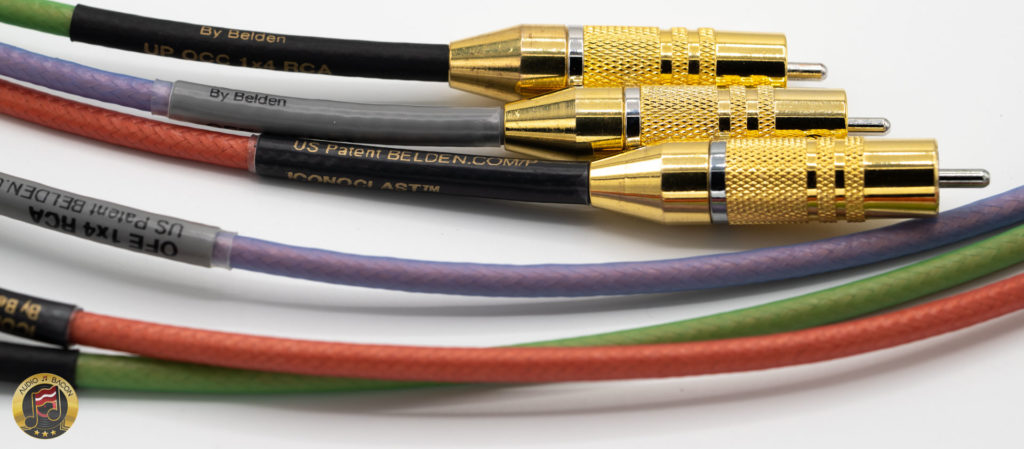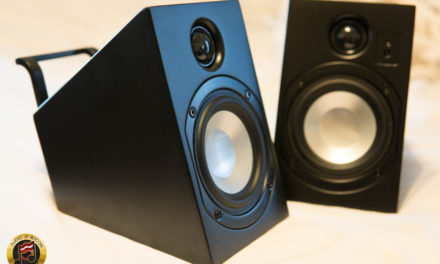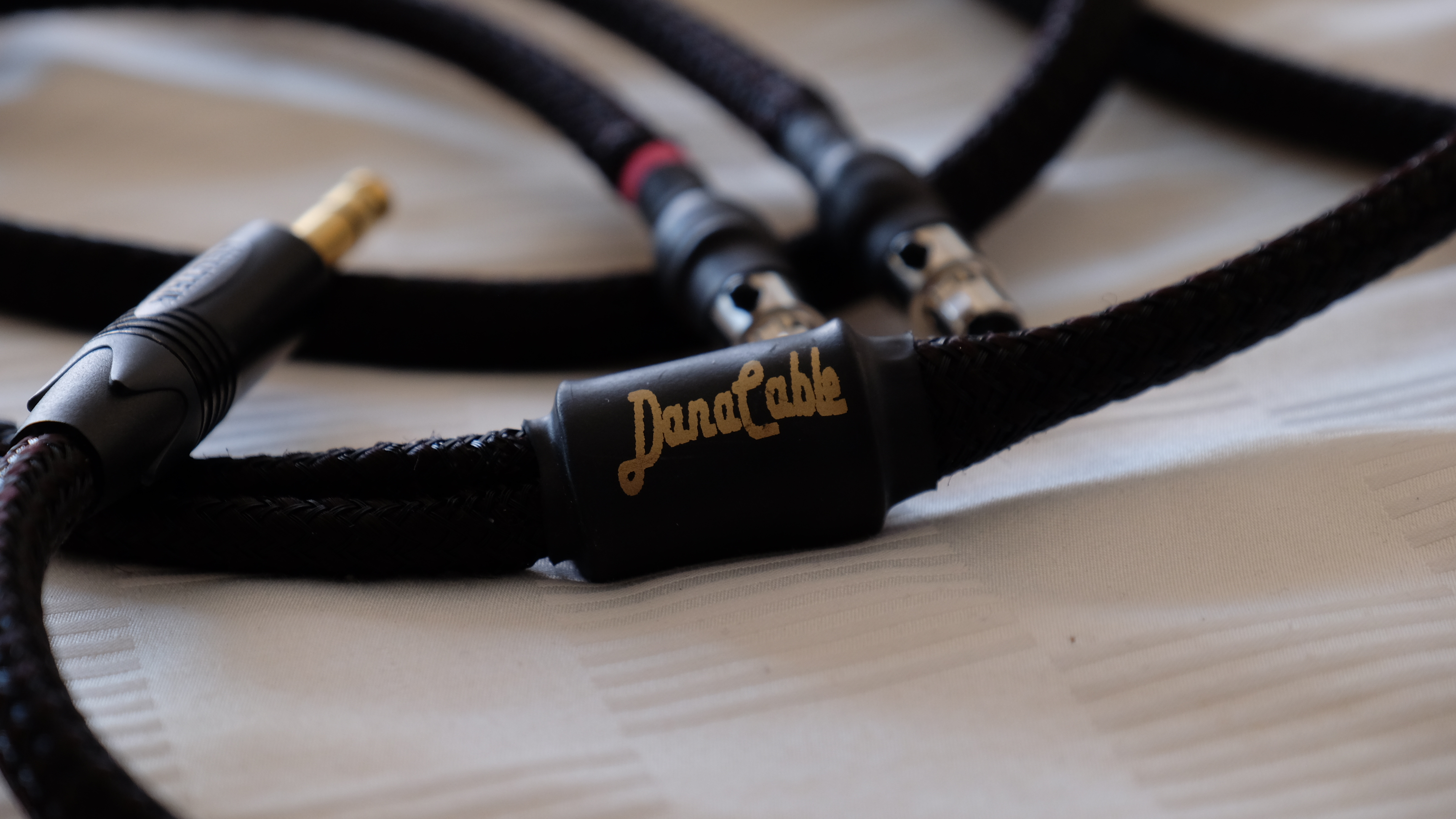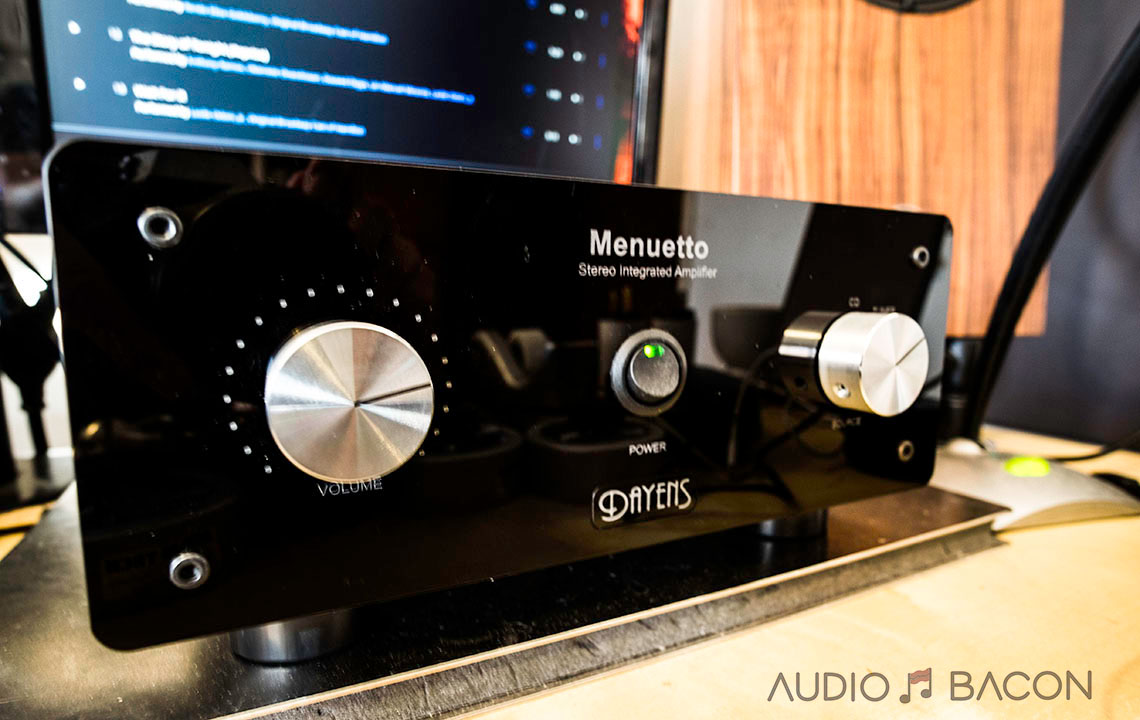Intro
Contents
As you probably know, I’ve gone into the deep end with audiophile cables. The reason? Cables could make the difference between feeling tepid about a system – and being emotionally enthralled. As such, that was enough reason for me to journey out and listen to hundreds of digital and analog cables.
Cable design has become akin to winemaking. Many cable designers put their own twists (pun intended) and flavors based on listening tests. It’s a lot of trial and error. Well, there’s a new kid on the block.
An Engineer’s Approach
Interestingly, Iconoclast doesn’t “voice” their cables. They’re designed purely on measurements. Their goal was getting resistance, inductance, and capacitance as low as possible. More importantly – they have the resources to build the “ideal” cable.

A bit of a backstory from our previous Iconoclast cable review:
Galen Gareis has 32 years of experience as one of Belden’s Principal Cable Design engineers – and is responsible for most of their patents. He was basically the Tony Stark at the Belden Engineering Center in Richmond, Indiana.
As such, he has free reign over all the equipment and materials he ever needs for experimentation. Also, if there’s anything that requires being measured accurately, this was the lab to do it in. As such, it’s perfect for testing the feasibility of designs.
For example, inductance is difficult to measure accurately with a meter priced below $8,000. But Mr. Gareis is able to profile his meters to an $80,000 Hewlett-Packard LCR machine. Most cable designers won’t have this luxury. And without the proper tools, you’ll just be designing (or measuring) blindly (aka voicing by listening).

If cables were to measure the same, could they still sound different?
After decades of debate, the answer is an unequivocal yes.
So Galen isn’t just an expert cable designer with access to the world’s best machinery – he’s also an audiophile. Who better to ask as to what is measurable – and what is not? Please take a look at our review for more about his very interesting journey.
What is measurable?
At the same time, Iconoclast is very open about what they do and do not understand. For example, Galen reports in his white paper that he has not objectively measured nor subjectively can hear a difference from cryo treatment of wires.
At the same time, he recognizes the limitations of what he can measure. This is especially the case with different types of copper (ETPC, OFE, UP-OCC). He admits to hearing a difference between the various copper variants – and agrees it isn’t measurable. And that is why the cables are offered in a variety of copper pulls.
Each pair of Iconoclast cables have similar LCR values, are built with exactly the same dielectric, geometry, and connectors. Any audible differences would only be attributed to the copper used. Fortunately, we have the variants on hand to do these comparisons.







Why did you not include ETPC speaker cable??
I am receiving all 3 for evaluation this week and am curious if you deemed ETPC not competitive.
Thanks,
Good review Jay. Just curious, in addition to the DAVE, did you try balanced vs single-ended out of the Chord Hugo TT2? Have a preference?
Thanks,
Scott
Single ended seems to offer more clarity and air but balanced puts more meat and warmth on the bones.
Hi Jay,
I am especially interested in the Iconoclast 4×4 “Gen 2” XLR Cables.
You described the ETPC as “The top-end has wonderful vibrancy and sparkle”.
You described the OFE as “The treble is tame and doesn’t ring out as vividly as both the ETPC or UPOCC. I do feel the tonal accuracy to be better than the ETPC – but many will prefer the soundstage and sweeter highs of the ETPC.”.
I am a bit confused with your terminology: In my search to eliminate the small harshness I still perceive in the highs, I made many changes to my sound system over the years (replacing DAC, amplifier, speakers, cables, added Innuos music server).
Each changes brought improvements in clarifying/cleaning the highs, i.e. trying to get sweet natural non-overbearing highs.
In my vocabulary, sweet highs do not equate vibrant or sparkling highs: the last thing I want to do in to accentuate the highs.
In fact, to me, vibrant or sparkling highs better describe the digital harshness I keep hearing with DACs: this kind of excessive energy in the highs that causes listening fatigue over prolonged listening period.
So, given my vocabulary, it would seem to me that the OFE tamed treble would provide me with the sweet natural non-overbearing highs I am looking for versus the ETPC, i.e. the OFE seems like the best choice to reduce the digital harness in the highs (my DAC is a PS Audio Directstream Senior and the harness in the highs is heard mostly in Choral music).
Would you concur that in my situation, the OFE would be a better choice?